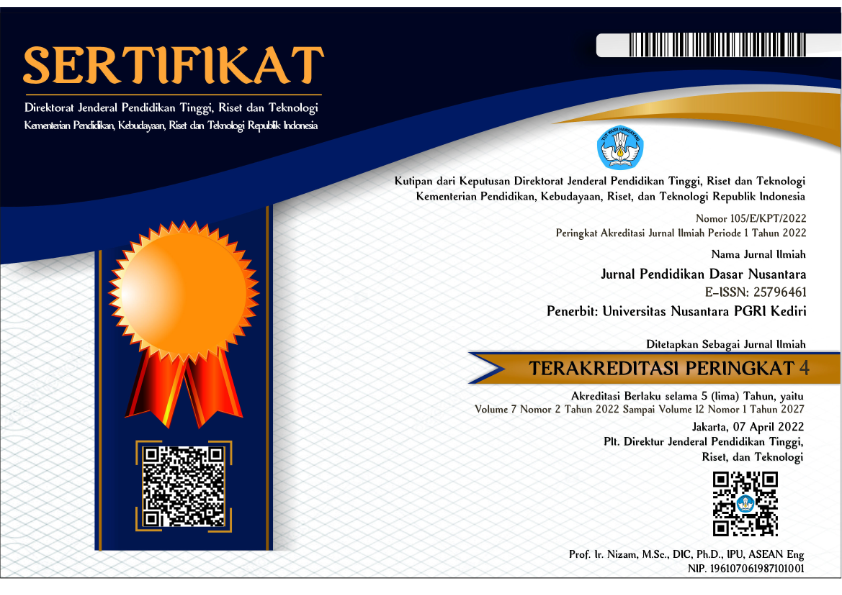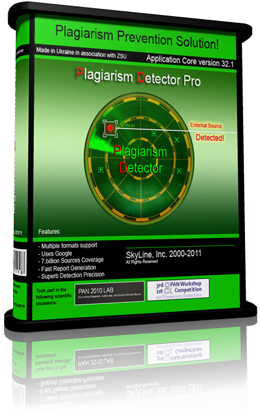ANALISIS FAKTA PADA MUATAN IPS DALAM PEMBELAJARAN KURIKULUM 2013 KELAS IV SD
DOI:
https://doi.org/10.29407/jpdn.v3i1.804Abstract
In the 2013 curriculum the learning materials in primary schools are packaged in an integrated thematic learning model. Although the materials and learning processes are conducted in an integrated manner, the taught material should not be independent of the material concept of each load. The material has been contained in the student book. While the learning process is in the teacher book. Material and learning process is crucial in education, so it is necessary to analyze the concept of material in the student book and the implementation of learning. The analysis of the implementation of learning is done in class IV elementary school of Muhammadiyah 9 Malang. The purpose of the analysis conducted in this research are: 1) to describes the study of facts on the content of social studies in the “Indahnya Keragaman Negeriku” theme grade four elementary school, and 2) to describe the study of facts on the content of social studies during the learning of “Indahnya Keragaman Negeriku” theme grade four elementary school. The type of this research is qualitative descriptive research. Data completion technique used in this research is observation and questionnaire of teacher response. Observations are used to describe the study of social studies content facts in the fourth grade students of the Indahnya Keragaman Negeriku theme. While the questionnaire teacher response used to know the study of facts of social studies content that teachers teach to students. Based on the results of research that has been done can be concluded that the study of facts in Sub-theme one material of “suku bangsa dan bahasa daerah” have been implemented well; The study of facts in the Sub-theme two material of “keragaman rumah adat dan pakaian adat di Indonesia” has been well implemented; The study of facts in the Sub-theme three material of “aktivitas ekonomi yang dilakukan” has been well implemented.
Keywords: fact, social studies, learning curriculum 2013
Downloads
Downloads
Published
Issue
Section
License
Authors who publish with this journal agree to the following terms:
- Copyright on any article is retained by the author(s).
- The author grants the journal, the right of first publication with the work simultaneously licensed under a Creative Commons Attribution License that allows others to share the work with an acknowledgment of the work’s authorship and initial publication in this journal.
- Authors are able to enter into separate, additional contractual arrangements for the non-exclusive distribution of the journal’s published version of the work (e.g., post it to an institutional repository or publish it in a book), with an acknowledgment of its initial publication in this journal.
- Authors are permitted and encouraged to post their work online (e.g., in institutional repositories or on their website) prior to and during the submission process, as it can lead to productive exchanges, as well as earlier and greater citation of published work.
- The article and any associated published material is distributed under the Creative Commons Attribution-ShareAlike 4.0 International License

































